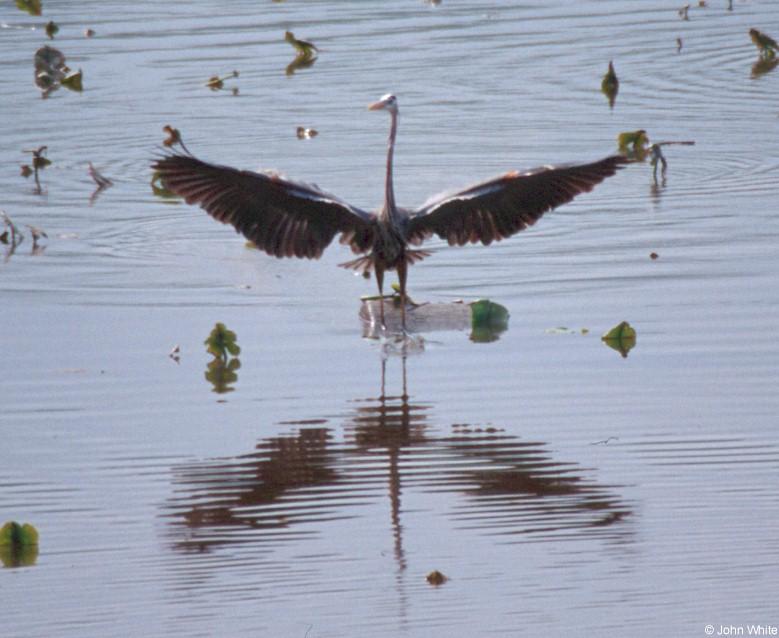|
| 질의: birds of america | 결과: 1470번째/1888 | |
Great Blue Heron (Ardea herodias) landing
| 제목: | Great Blue Heron (Ardea herodias) landing
| | 올린이: | John White (reptiles@erols.com)
| |

| 파일크기 : 58362 bytes
File date : 2000:05:11 05:36:52
해상도: 779x638
Jpeg process : Baseline
Posted Newsgroups: alt.binaries.pictures.animals
Posted 촬영일: Mon, 24 Apr 2000 06:58:46 -0700 |

|

|

|
birds of america
1470/1888 |

|

|
^o^
동물그림창고 똑똑전화 누리집
^o^
|
|

